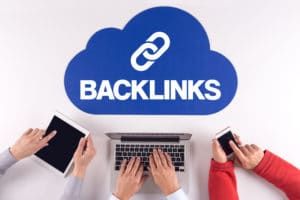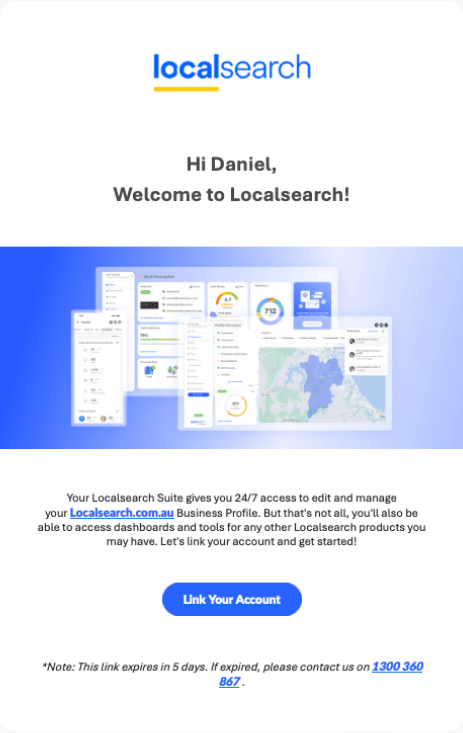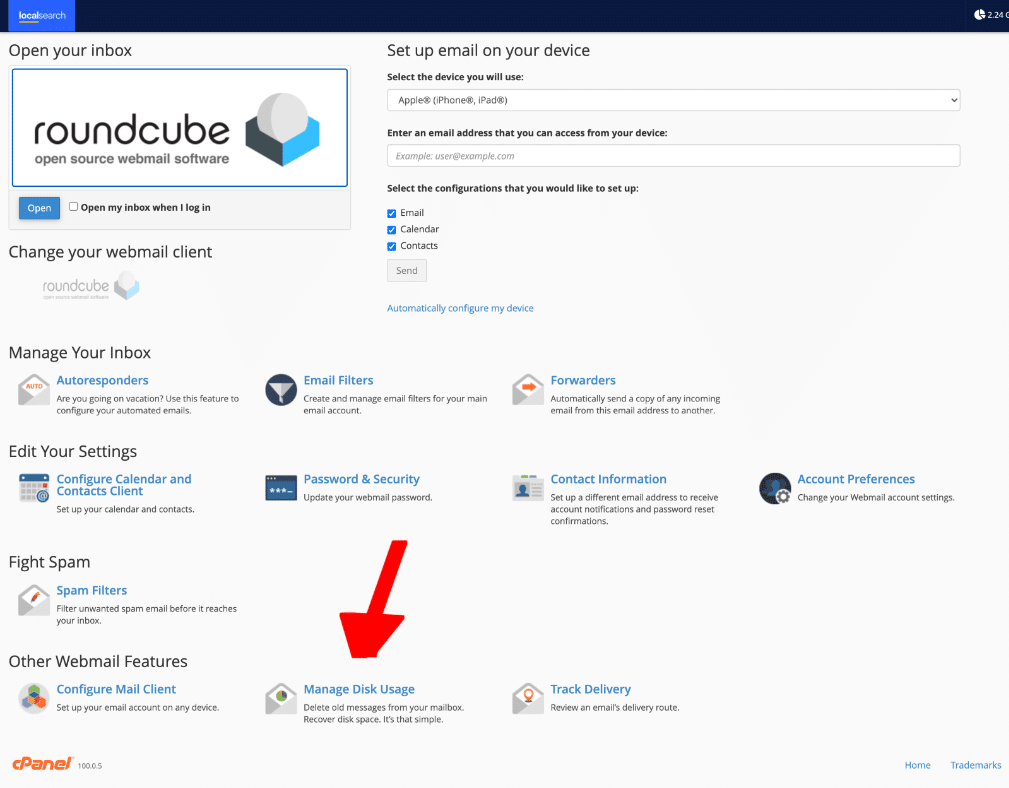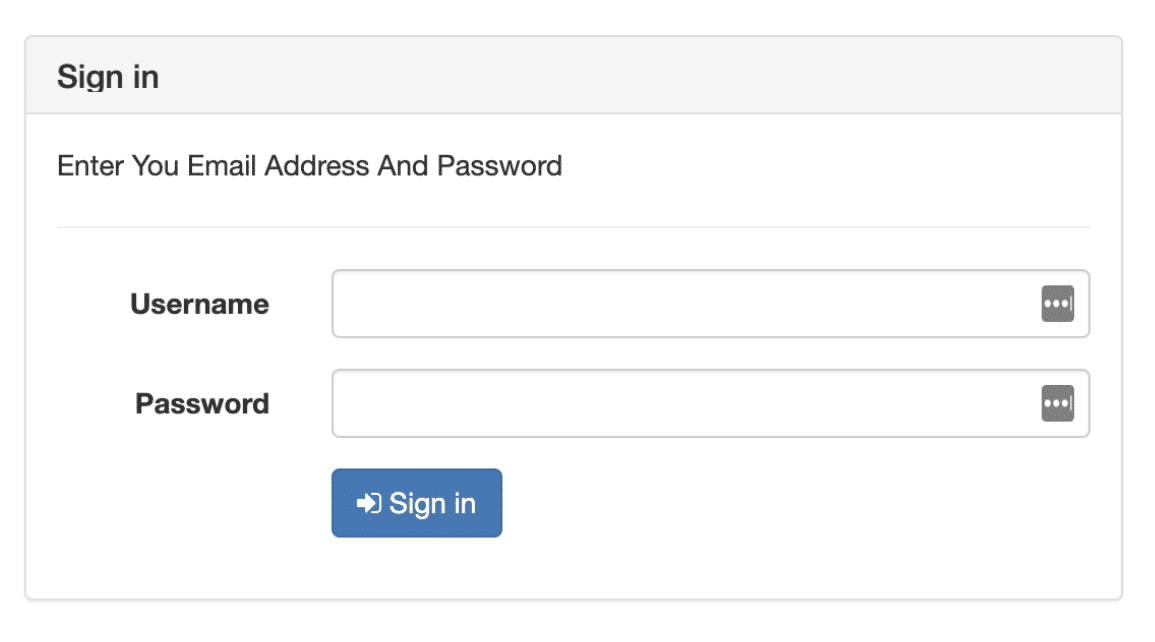In this article

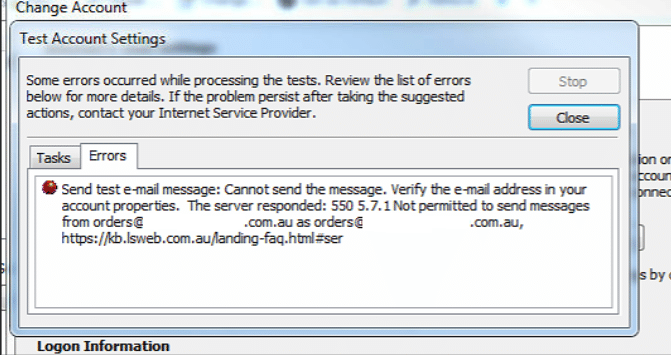

Related Articles

Tips to grow your business
from the experts
According to a report by Deloitte Access Economics, requested by Free TV Australia, more than 97% of Australians have access to commercial television. The industry itself injects billions of dollars into the economy every year, supporting roughly 16,300 full-time equivalent jobs, both directly and indirectly.
Studies also revealed viewership of free to air TV increases dramatically. For example, TV audiences were 23% higher during the 2019–2020 bushfires. Businesses have a real opportunity to take advantage of a large audience, but how much does it cost to put an ad on TV in Australia?
In this article, you’ll find:
- How much it costs to advertise in Australia.
- How to get started in running a TV ad in 2021.
- The top-viewed programs in 2019.
And more.
20 Most-Watched Free-to-Air TV Shows of 2019
According to data from OzTam and Regional Tam in an article from The Sydney Morning Herald, the
top 20 programs of 2019 were:
- State of Origin Rugby League Game 1 (3.23 million).
- AFL Grand Final (2.96 million).
- State of Origin Rugby League Game 3 (2.91 million).
- State of Origin Rugby League Game 2 (2.84 million).
- NRL Grand Final Match (2.66 million).
- 2019 Australian Open Men’s Final (2.11 million).
- Married at First Sight (1.95 million).
- 2019 Melbourne Cup Carnival Race (1.92 million).
- Lego Masters (1.89 million).
- 2019 Australian Open Women’s Final (1.60 million).
- Seven News (1.50 million).
- Seven News Sunday (1.50 million).
- Ninja Warrior (1.44 million).
- Seven News/Today Tonight (1.44 million).
- The Voice (1.42 million).
- The Block (1.41 million).
- The All New Monty (1.40 million).
- My Kitchen Rules (1.35 million).
- The Masked Singer (1.34 million).
- Nine News Sunday (1.29 million).
How much does it cost to put an ad on TV in Australia in 2021?
The average cost of a TV ad in Australia can range from a couple of thousand dollars to millions of dollars for only 15 to 40-seconds of advertising. There are many variables involved in the price of advertising on TV in Australia in 2020, including the production costs, the program you’re advertising during, where and who you’re targeting and more.
What can impact the cost of TV ads in Australia?
1. The production of the ad.
The Guinness World Records
awards the most expensive ad production of all times to a Chanel No.5 perfume ad directed by Baz Lurhmann. It starred Aussie-actress Nicole Kidman and racked up a bill of $33million USD (equivalent to $43million AUD today).
However, you can produce an ad for a lot less. Hiring a professional TV production company will help save you time and money trying to edit your ad to fit the network’s requirements. They are experts in pre-production planning, including props, locations and council permits, production to actually film and post-production to edit and prepare the file.
Many advertising agencies will combine the cost of production with air time. These packages tend to start at around $2,500 + GST a week for a smaller capital city and go upwards of $11,000 + GST a week for a more-populated capital city.
2. What time your ad is shown on TV.
It goes without saying that more people are watching TV at certain times of day than others. As a result of targeting a larger audience, you’ll need to pay more. With more people watching, there is a higher chance of your target audience being engaged and watching, so there is higher competition for these time slots.
For example, Screen Australia reported the peak TV-watching times in 2003 were between 7:00pm to 9:00pm in the evening. The report also showed this is the time more than 40% of Australians over the age of 5 are tuned into their television screens.
3. The program your ad is shown during.
We know some TV programs draw a bigger crowd, particularly sport and news. Again, due to the higher expected viewership of these programs, there is an increased demand, and therefore price, for popular shows.
The State of Origin holds a consistently large audience of millions of people every year. As such, running an ad during these time slots is considered absolute gold as people from all walks of life from across the country tune into the games.
Knowing this, in 2020, the Nine Network announced a competition for advertisers for State of Origin 2021 for the most creative and best ad. You’d need to run an ad during all three games, but be up to win $1 million in advertising inventory across Nine’s television, radio, digital and print networks.
4. The length of your ad.
Time is money. The length of your ad will impact the cost of putting it on TV. A 15-second or 30-second ad tends to be the average and most common ad-length in Australia, but you may actually need both for an effective campaign.
Remember, it takes a person an average of 7 times of seeing your brand to remember you, so running your ad regularly is key. However, seeing the same ad time after time becomes more annoying than anything else.
Having both 15-second and 30-second TV ads allows you to target the same audience in the time slot with the same messaging, and not have them lose interest. It also helps you save money from not running 30-second ads in every slot.
5. The location your ad is shown in.
Australian broadcasts, like WIN, Prime Media and Southern Cross Austereo can broadcast to regional communities via television stations. This allows advertisers to run ads to metropolitan or regional areas, as well as targeting a specific region.
Like the other points here, the smaller audiences in regional areas allow for cheaper TV advertising. As metropolitan areas and run audiences into the hundreds of thousands, even millions, they will be more expensive. Again, an ad production agency will be able to guide you on how to make the best of your budget for your audience.
6. Your existing relationship with networks.
Sometimes, it’s not what you know but who you know — with TV advertising it can be both. When you show your loyalty to any business, they’re more likely to be flexible and show their appreciation for on-going business.
If you’ve been advertising on TV for a while, especially through an agency, don’t be afraid to ask about possible deals when going for big events, like around Christmas or big sporting games. You may be able to receive free air time, discounts or other benefits.
It’s also important you attend any TV broadcasting events, like lunches or presentations. This allows you to make connections and show your solidarity with the industry.
7. If the ad is shown during a live or recorded broadcast.
Live TV refers to broadcasting being received by the audience at the same time (with small delay) as production is happening. Due to the nature of live TV, broadcasters spend a lot on advertising the event, drawing in larger audiences. As a result, live TV tends to be more expensive than recorded broadcasting.
Watchers of live TV also cannot fast forward through ads like they may be able to on recorded programs. This means more eyes on screens and your business, so it may be worth investing into, if your target audience is tuning into the broadcast.
How do you put an ad on TV in Australia?
There are a lot of rules and regulations around what types of ads can be shown on Australian televisions and when. You can find a full list of advertising rules for broadcasters on the ACMA website.
For first time TV advertisers, you’ll want to speak to a media agency. They will help you align with the right people to plan, produce, edit and get your TV online — and ensure it meets guidelines so it can actually happen.
Australian TV Commercial Requirements
To have your ad be eligible to be on TV, it must meet some requirements, which are quite complex to the average person. This is where a production or advertising agency can come in handy for looking after this for you.
According to Australian production company Lokomotion, the minimum requirements for TV commercials in Australia are:
Video Specifications
- PAL 25fps
- Upper (top) field dominant. No mixed fields
- SD frame size: 720 x 576. HD frame size: 1920 x 1080
- Luminance scope: 0mV – 700mV +3%, 0% tolerance
- Black level not to drop below blanking level 0mV luma
- Chroma level not to exceed 100% (see OP29)
- Ensure titles are within graphics safe area (see OP36)
- Avoid macro-blocking, dup frames, high compression, motion jitter, aliasing, and mixed aspect ratios
- Minimum bitrate: 15Mbps. Bitrate >25Mbps is recommended for best video quality
Auto Specifications
OP 48 settings:
- Digital – permitted maximum level peak program meter (PPM) -9dBFS assuming peak levels are infrequent and less than 10ms
- 12 frames of complete silence at the head and tail within the duration of the TVC
OP 59 settings:
- This is the latest amendment to Operational Practice 48 for the measurement and loudness of audio:
- Audio loudness global standard (Normalised) -24 LKFS (Loudness, K-weighted, Full Scale)
- Measurement by ITU BS 1770 – 2&3, (standardised by the International Telecommunications Union)
Clapper
The video file should be accompanied by a clapper: A JPEG image – 720 x 576 for SD or 1920 x 1080 for HD. The clapper should contain the following information:
- Client
- Product
- Key No.
- Date
- Aspect Ratio
- Duration
- CAD No. (optional)
- Compliance with OP 48 Audio Loudness.
TV advertising or digital marketing?
When someone watches your TV ad, what do you want them to do? TV advertising is very much about brand awareness, so you may or may not receive immediate action from viewers. Remember, they’re watching the news, a documentary, show or movie, not looking for your services.
TV advertising cannot work on its own. You need the online presence and cohesive online campaigns to align with your TV ads. If someone does remember your business when the time comes they need your product or service, you want them to be able to go online and find you.
Of course, TV advertising is also expensive. When compared with being able to get online from less than $1 a day with Localsearch, it may not even compete. But, it still plays its part, if you do have the budget.
Our digital marketing generates leads for your local business
Company
Resources
What We Do
Digital Presence
Join our newsletter
We will get back to you as soon as possible.
Please try again later.
Copyright © 1993 - 2024. Localsearch Operations Pty Ltd.

